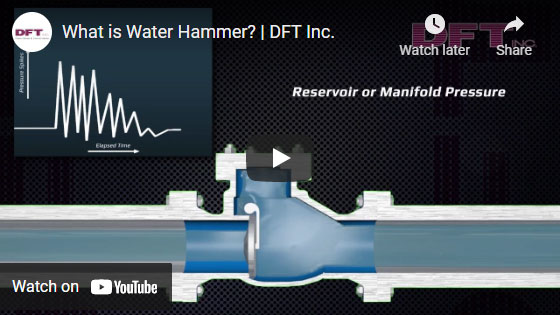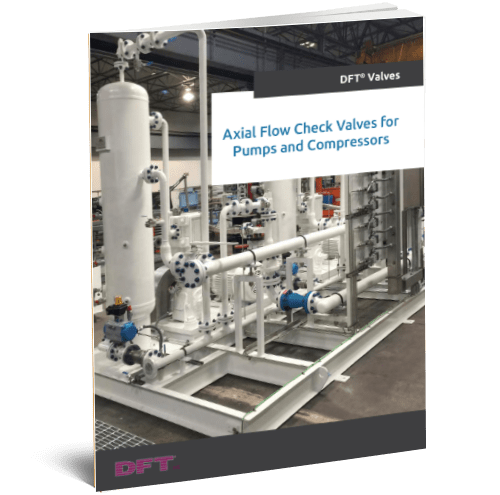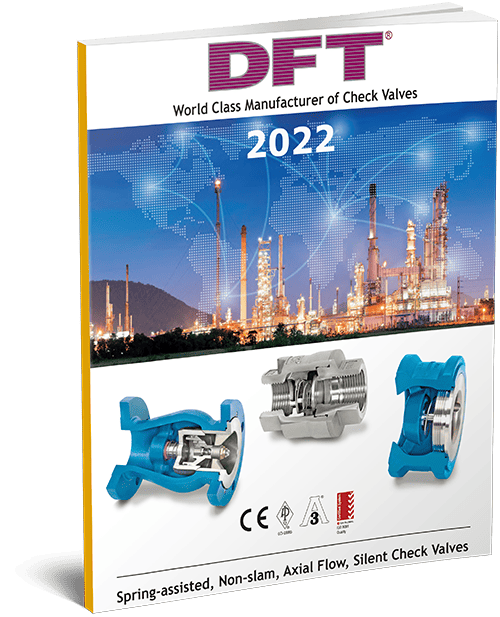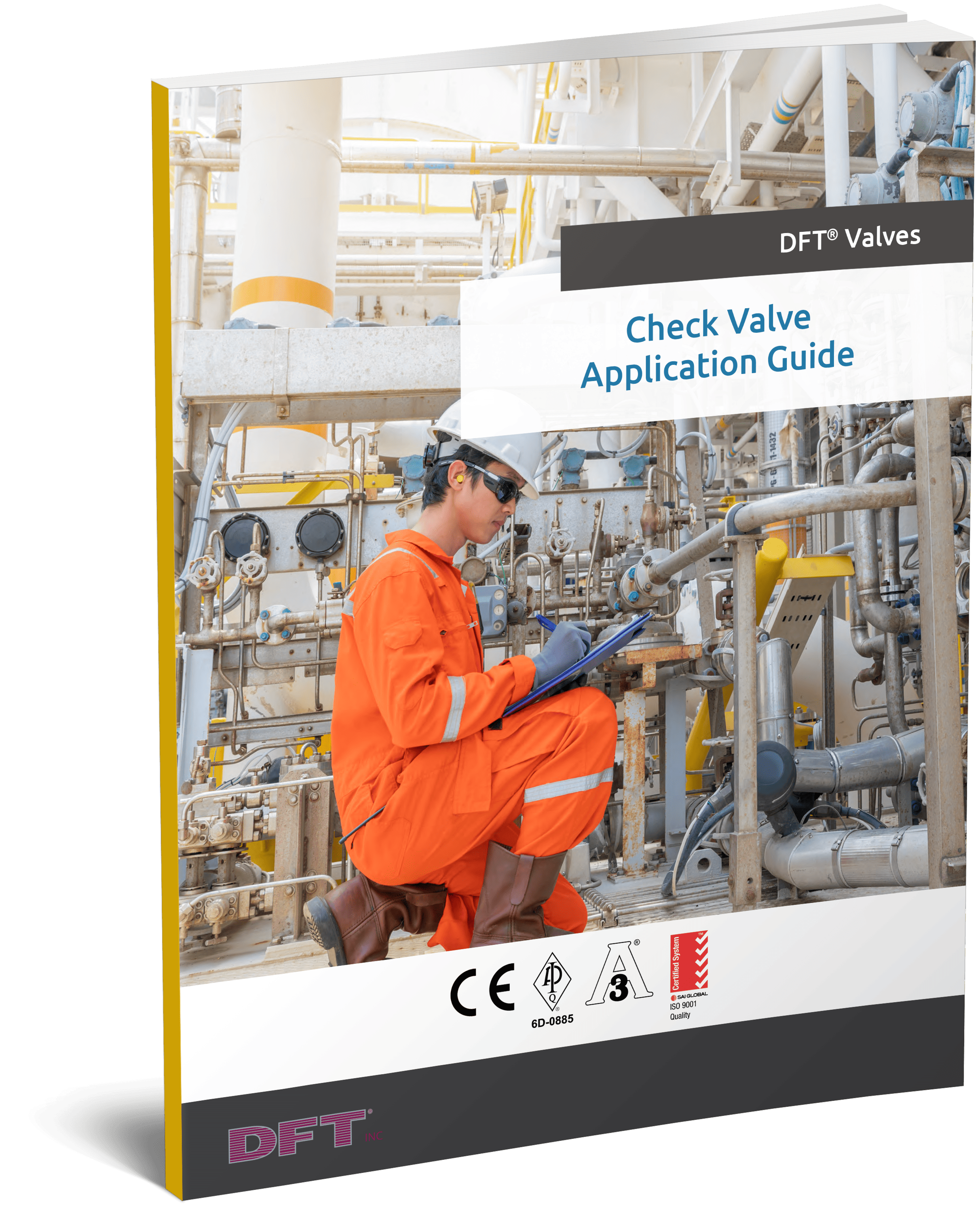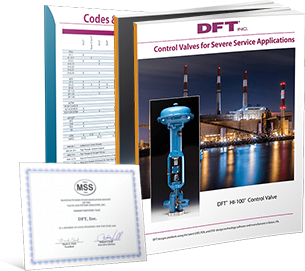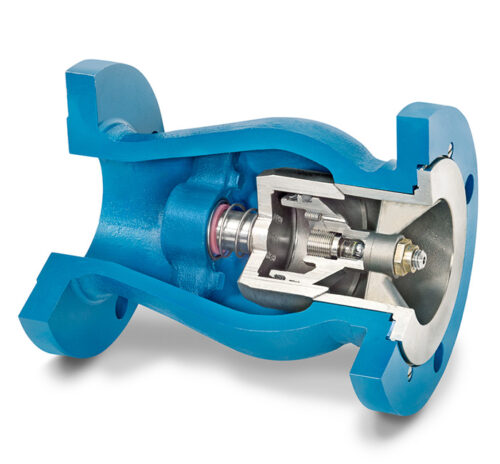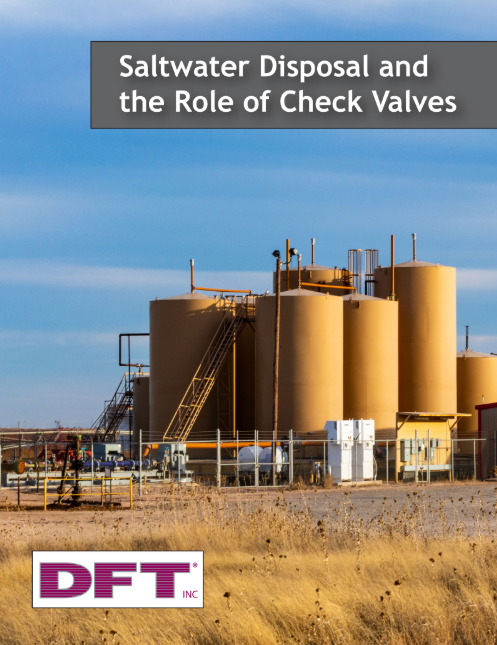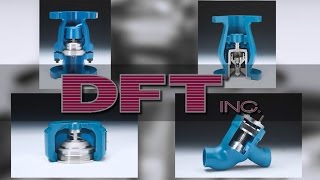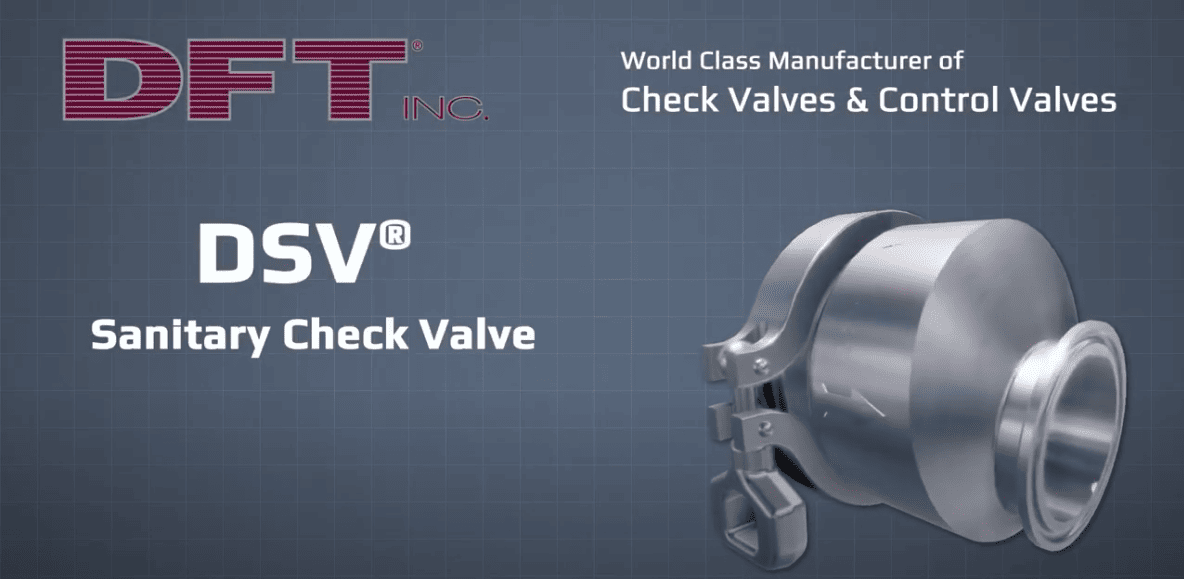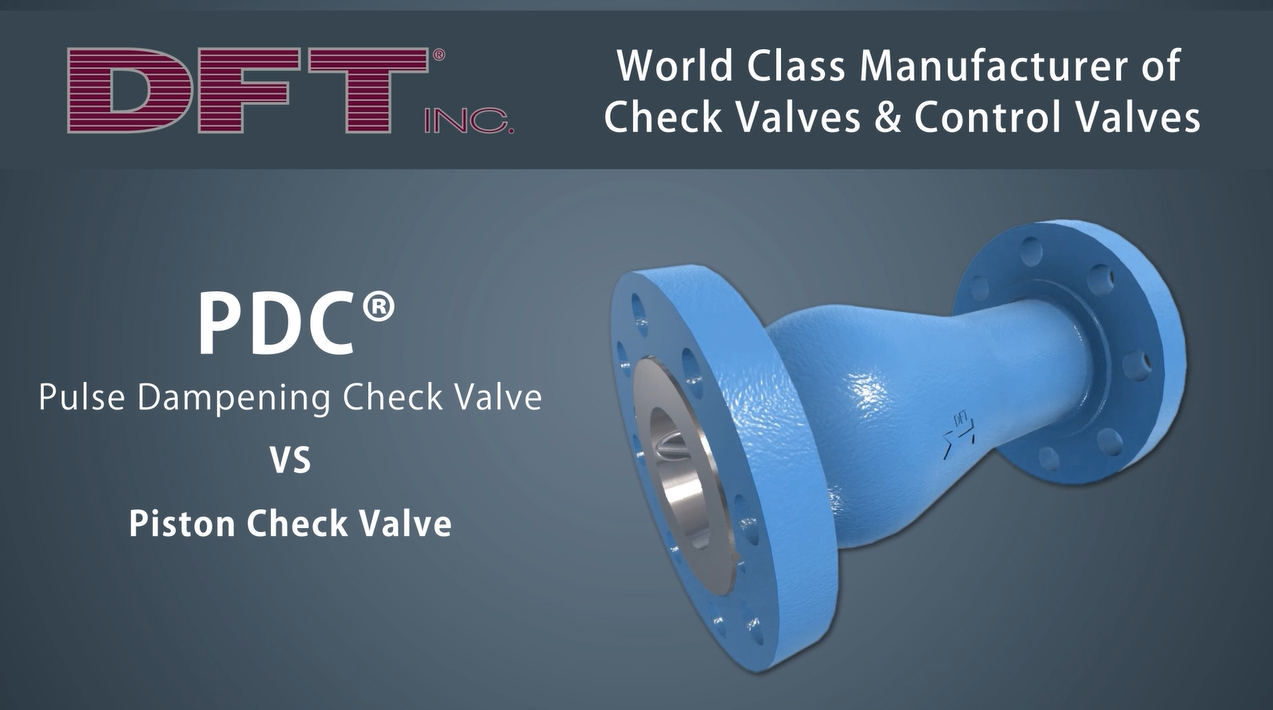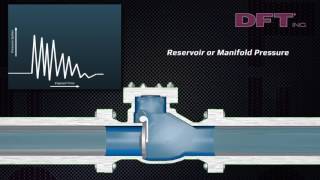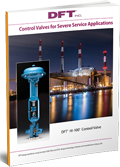Water Hammer
What Is Water Hammer?
Water hammer is a phenomenon that can occur in any piping system where valves are used to control the flow of liquids or steam. Water hammer is the result of a pressure surge, or high-pressure shockwave that propagates through a piping system when a fluid in motion is forced to change direction or stop abruptly. This shockwave is also commonly referred to as a hydraulic shock or hydraulic surge, and may be characterized by a marked banging or knocking sound on the pipes immediately after shutoff.
Water hammer can occur when an open valve suddenly closes, causing the water to slam into it, or when a pump suddenly shuts down and the flow reverses direction back to the pump. Since water is incompressible, the impact of the water results in a shock wave that propagates at the speed of sound between the valve and the next elbow in the piping system or within the column of water after the pump.
The Effects of Water Hammer
While it may look and sound harmless, the impact force on the valve – caused by the fluid’s momentum –  can create pressure spikes that may exceed ten times the working pressure of the system. These sudden stoppages of flow and the resulting increases in pressure from the shock waves can cause significant damage to the overall piping system either due to a singular event or be cumulative damage occurring over time.
can create pressure spikes that may exceed ten times the working pressure of the system. These sudden stoppages of flow and the resulting increases in pressure from the shock waves can cause significant damage to the overall piping system either due to a singular event or be cumulative damage occurring over time.
Ignoring water hammer can ultimately result in the catastrophic failure of your flow system. The long-term effects of water hammer can include:
- Pump and Flow System Damage
Repeated water hammer may also cause significant damage to pumps, existing valves, and instruments, lead to the catastrophic failure of gasketed joints and expansion joints, and affect the integrity of pipe walls and welded joints.
- Leaks
Water hammer can damage fittings, joints, and connections, resulting in leaks. These leaks often start slowly, gradually increasing in intensity over time. Smaller leaks may go unnoticed for quite some time, leaving surrounding equipment susceptible to damage.
- Ruptured Pipes
Ruptured pipelines due to pressure spikes are especially expensive to repair. Rupture results in local pipeline failure and can cause the entire system and other equipment to fail. The ensuing damage can be extensive, often entailing major replacement operations.
- External Property Damage
If left unchecked, water leaks can damage electrical equipment and or lead to the corrosion of equipment or infrastructure.
- Accidents
Pipeline rupture can also endanger the health and safety of employees and maintenance personnel. Depending on the industry and specific facility, unmanaged leaks can also increase the risk of slips, falls, and electrocution.
- Downtime/Maintenance
Property damage can lead to costly repairs or equipment replacements. Additional financial losses may also be incurred due to downtime required for additional maintenance, repairs, or installations.
As you can see, it is essential that immediate action is taken at the initial signs of water hammer. Failing to do so will ultimately result in system wide damage, and may spread beyond the flow system to other equipment or facility infrastructure.
Preventing Water Hammer
One of the main contributors of water hammer can be the choice of check valve type. Valve types, such as swing, tilting disc or piston style check valves, depend on gravity and the reversal of flow to return the valves to the closed position. This causes water to slam into the valve mechanism, creating a pressure wave that propagates through the piping system.
Silent or spring-assisted check valves, on the other hand, are fitted with an internal spring that silently moves the valve into closed position before flow reversal, thereby reducing or eliminating the possibility of water hammer.
Air chambers are also an effective water hammer solution. These systems consist of a short segment of pipe, usually in the form of a tee-fitting, with an empty/air-filled chamber that serves as a cushion (shock absorber) for the water to expand when it changes direction suddenly. This reduces the magnitude of shock that would otherwise be directed towards the pipeline.
Other effective methods for preventing water hammer include:
- Flushing old systems
- Installing pressure reducers and regulators in the supply line
- Reduce operating pressure
- Invest in piping systems that feature air chambers as part of the design
- Reduce pressure severity with silent check valves
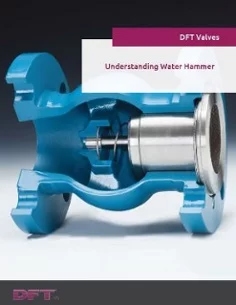
Download our free eBook “Understanding Water Hammer: Causes and Most Effective Solutions for Water Hammer in Fluid Flow Systems and Industrial Applications” To learn more about the devastating effects of water hammer.
Download The eBookAdditional Resources from DFT® Valves
- Case Study: Water Hammer Issues in Paper Mills A leading manufacturer in the pulp and paper industry experienced a check valve failure which caused black liquor to back up in their piping systems. This resulted in widespread damage to several pipelines and control valves. The DFT® team was able to recommend our Excalibur® valves with severe service trim to extend the service life of their equipment and prevent future failures.
- Case Maintenance and Replacement Blog Series: Preventing Water Hammer with SCV® Check Valves This particular blog series focuses on the value offered by DFT’s SCV® Check Valves and how they can help you to mitigate or prevent water hammer issues. SCV® Check Valves are specifically designed to enable high cycling, tight shutoff, and to protect liquid, steam, and gas systems from the damaging effects of water hammer.
- Webinar: Water Hammer: What is it? How do I prevent it at my facility? This webinar from our in-house experts at DFT® discusses the problem of water hammer. This video covers the definition of water hammer, its causes, and how it can be prevented with axial flow check valves.
- FAQ: Water Hammer Q&A This Frequently Asked Questions (FAQ) page addresses the most common questions and concerns associated with water hammer and the damage it causes in flow systems. Topics covered include silent check valves, customizing check valve solutions, and water hammer in the petroleum and oil industry.
Water hammer can have costly and devastating effects on pipelines and piping systems. DFT® Inc. offers a broad range of valve solutions that lessen or eliminate the probability of water hammer and the issues it causes, extending the service life of equipment and reducing long-term repair and maintenance costs. Be sure to specify DFT® for all your check valve needs. Request a quote or contact us for more information.

